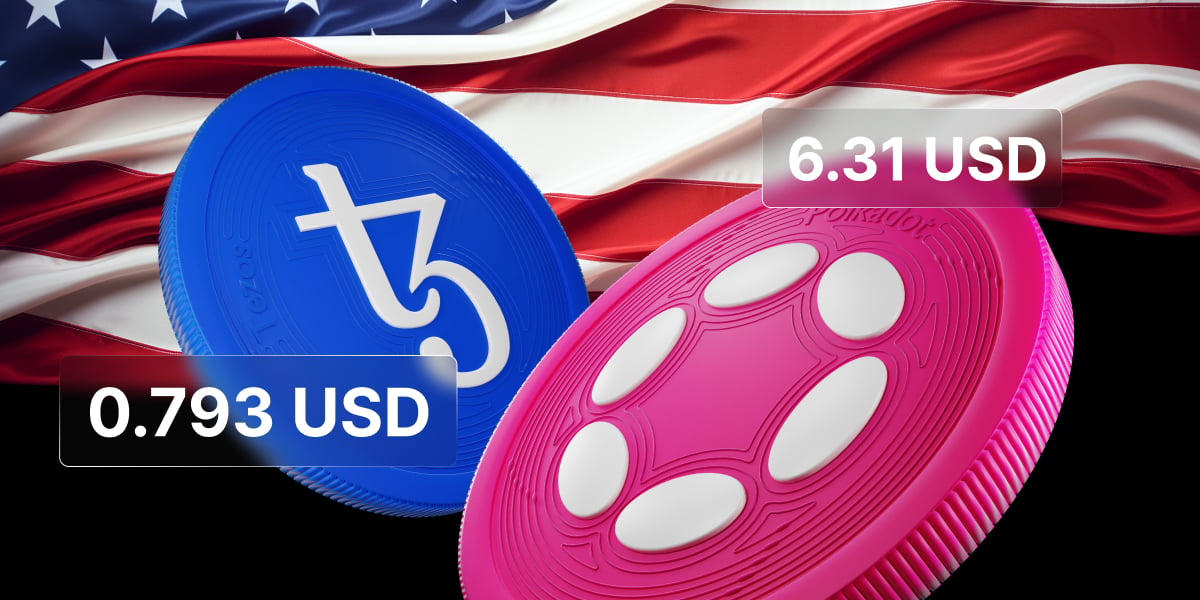In trading, professionals often talk about drawdown or maximum drawdown. These trading terms are seen as critical metrics for assessing both the efficacy of their trading techniques and the management of associated risks. Contrary to popular belief, a strong performance on a trading account doesn’t inherently mean a profitable strategy with zero risk.
In essence, drawdown refers to a trading strategy’s loss potential, thus encapsulating its inherent risk. The maximum drawdown, observed over a specified period, represents the peak loss incurred by a trading strategy within that timeframe. This drawdown can be quantified either as a monetary amount or as a percentage of the total capital.
For instance, a trader might refer to a drawdown of $150 or 1.5% on their $10,000 trading account. The maximum drawdown of an individual position or trade reflects the highest unrealised loss experienced throughout its duration. It’s noteworthy that a trade could close with a profit despite enduring a substantial drawdown, indicating that the trader initially weathered losses before ultimately turning a profit.
Conversely, the maximum drawdown of a portfolio or trading account represents the most significant unrealised loss observed across all open trades during a given period. This comprehensive metric encompasses the cumulative impact of all ongoing positions on the account’s overall performance.
Furthermore, traders commonly juxtapose their maximum drawdown with the Profit Factor to attain a more comprehensive statistical outlook. This helps enhance their understanding of their trading and risk management.
Key takeaways
- Drawdown and maximum drawdown are crucial metrics in trading, offering insights into the effectiveness of trading strategies and practices that manage risk on losing trades.
- Strong performance on a trading account doesn’t guarantee profitability or absence of risk; drawdown measures the potential loss of a trading strategy.
- Maximum drawdown accounts for the highest unrealised loss experienced by a trading strategy or portfolio, highlighting the peak risk exposure over a specified period.
What is drawdown in trading?
A Stock investment is considered to be in a drawdown when its value falls from its highest point (peak) and hasn’t yet surpassed that peak again. The longer the investment stays below its previous peak, the greater the potential decrease in value during the drawdown period. Due to volatility and other market factors, drawdowns are quite common in the stock market.
Let’s use an example to illustrate what a drawdown means. Here, the investment timeframe and initial investment amount are important considerations. Investors typically track returns over periods like months or years. Minimum investment amounts might be set annually or monthly, for instance, at $15,000. Over a year, the investment might reach a peak of nearly $20,000. This translates to a return of roughly 33% on the investment. If market conditions change, the investment could fall to $17,000. You would still be entitled to a return, and according to drawdown theory, the decline represents a 15% drawdown, considering the peak of $20,000 and the current low of $17,000.
Drawdown definition and calculation

Calculating drawdown percentage
The drawdown percentage is a metric used to quantify the decline in an investment’s value from its highest peak (Pmax) to a subsequent low point (Pmin). It is expressed as a percentage and helps investors understand the severity of a loss relative to the previous high point. The formula to calculate drawdown as a percentage is:
Drawdown (%) = ((Highest Peak Value (Pmax) – Lowest Trough Value (Pmin)) / Highest Peak Value (Pmax)) * 100
Understanding the terms
- Pmax: represents the highest value your investment has reached historically (peak).
- Pmin: refers to the lowest value your investment has reached after achieving Pmax (trough).
Interpretation
A drawdown signifies a decrease in an investor’s portfolio value from its highest point (Pmax) to a subsequent low point (Pmin). This formula helps quantify that decline as a percentage.
Explain the technical definition of drawdown and provide a formula for its calculation. Include examples to illustrate how drawdown is calculated both in dollar terms and as a percentage.
Peak, trough, and recovery analysis
Drawdowns, i.e. the inevitable drops from a portfolio’s peak, are a reality when investing and trading. Analysing the peak, trough, and recovery phases within a drawdown can offer you valuable insights.
The peak identifies the highest value your investment reached before the decline. The trough marks the lowest point during the drawdown. Analysing the depth (peak minus trough) reveals the severity of the loss.
Recovery analysis focuses on the time it takes for the investment to surpass the previous peak again. This timeframe indicates the resilience of the asset and the overall market. By understanding these stages, traders can adjust strategies, manage risk tolerance, and potentially identify buying opportunities during the trough.
The impact of drawdown on trading strategies
Indications of drawdown
Drawdown in trading signifies the extent of the decline in a portfolio’s or investment’s capital from its peak. In a losing position, it measures the reduction in value before recovery or exit. For trading strategies, it highlights risk exposure and potential losses. If a maximum drawdown exceeds acceptable limits, it signals the necessity for strategy adjustments to mitigate risk and enhance performance. By analysing drawdown, traders gain insights into the effectiveness of their strategies and can refine them accordingly. Adjustments may include revising risk management protocols, diversifying assets, or fine-tuning entry and exit criteria. Ultimately, monitoring drawdown empowers traders to adapt to changing market conditions and optimise their trading outcomes.
Managing large drawdowns
Managing significant drawdowns entails diversification across assets and time frames, employing stop-loss orders, and adjusting position sizes to contain losses. Setting a drawdown limit can also help. Diversifying portfolios, like mutual funds or retirement savings do, across sectors and using uncorrelated assets also help mitigate risk.
Adaptable and proper risk management protocols including regular reviews of your trader’s account, optimise resilience. Emotionally, accepting losses as part of trading and practicing mindfulness enhances psychological fortitude. Seeking support from mentors and communities fosters perspective and coping mechanisms. Through this multi-faceted approach, traders navigate drawdowns with confidence, learning from losses, and maintaining disciplined strategies for long-term success.
Practical examples of drawdown in different markets
Forex and Crypto trading
In the Forex market, drawdowns occur when currency pairs experience extended periods of losses. Traders mitigate drawdown risk by diversifying their currency pairs, implementing risk management strategies like stop-loss orders, and adjusting position sizes based on market volatility. Additionally, they may employ technical analysis and fundamental research to identify trends, calculate historical maximum drawdown risk and anticipate market movements, thereby reducing the impact of drawdowns on their portfolios.
In the Cryptocurrency market, drawdowns can be more pronounced due to the high volatility inherent in digital assets. Traders manage drawdowns in their investment or trading account by spreading their investments across different Cryptocurrencies, stablecoins, and other digital assets to diversify risk. They also use tools to manage risk such as trailing stop-loss orders and position sizing to limit losses during market downturns. Furthermore, active monitoring of market sentiment and news events helps traders adapt their strategies to changing market conditions and minimize drawdowns.
Commodities and Stocks
In Commodity trading, drawdowns often occur when prices of raw materials, such as Gold, Oil, or agricultural products, experience prolonged declines. Traders manage drawdowns by diversifying their Commodity holdings across different sectors, such as Energy, Metals, and agriculture, to mitigate the impact of price fluctuations in any single Commodity. They may also use hedging strategies, such as futures contracts or options, to protect against adverse price movements and limit losses.
In Stock trading, drawdowns can result from declines in the prices of individual Stocks or broader market Indices. Traders manage drawdowns by diversifying their Stock portfolios across different sectors, industries, and geographic regions to reduce exposure to specific company or market risks. Additionally, they may use stop-loss orders and portfolio rebalancing techniques to limit losses and maintain a disciplined approach to managing risk.
Overall, while drawdown management in Commodity and Stock trading shares similarities, such as diversification and risk mitigation strategies, the nature of these markets differs in terms of the underlying assets traded and the mechanisms used to hedge against losses.
Tools and techniques to manage drawdown
Technical tools
Luckily when it comes to technical indicators that can help you predict potential drawdowns you are spoiled for choice. Here are just a few of the most popular and easy to apply to your charts and trading system.
Moving averages: traders use moving averages to identify trends and potential reversal points in price movements. By comparing short-term moving averages with longer-term ones, traders can gauge the strength of trends and anticipate changes in market direction, helping to manage drawdowns by adjusting positions accordingly.
Relative strength index (RSI): the RSI measures the magnitude of recent price changes to determine overbought or oversold conditions in the market. Traders use the RSI to identify potential trend reversals and manage drawdowns by scaling into or out of positions based on market sentiment and momentum.
Fibonacci retracement levels: Fibonacci retracement levels are horizontal lines that indicate potential support or resistance levels based on key Fibonacci ratios. Traders use these levels to identify price levels where drawdowns may stall or reverse, allowing for more strategic entry or exit points.
Risk/reward ratio: traders assess the potential risk and reward of a trade by comparing the distance to their stop-loss level with the distance to their profit target. By maintaining a favourable risk/reward ratio, traders can manage drawdowns by ensuring that potential losses are limited while potential profits are maximised.
Volatility indicators: Volatility indicators, like average true range (ATR), measure the degree of price fluctuation in the market. Traders use volatility indicators to adjust position sizes and risk exposure based on market conditions, helping to manage drawdowns by adapting to changes in market volatility.
Psychological and behavioral approaches
Dealing with drawdowns presents significant psychological challenges for traders, causing feelings of frustration, anxiety, and self-doubt. Fear of continued losses or missing out on potential profits can lead to impulsive decision-making and emotional trading, exacerbating drawdowns and undermining long-term success. To maintain discipline during downturns, traders can employ several strategies.
Acceptance of drawdowns as inherent to trading fosters resilience and reduces emotional attachment to outcomes. Adhering rigorously to a well-defined trading plan with clear rules to manage risk and profit targets helps avoid deviations driven by emotions.
Conclusion
Contrary to popular belief, strong performance doesn’t guarantee a profitable, risk-free strategy. Drawdown measures a strategy’s loss potential, with the maximum drawdown representing the peak loss incurred. Traders use diverse technical tools like moving averages and Fibonacci retracement levels to identify drawdowns and manage risks.
What is an example of a drawdown?
The most current drawdown we've seen is with Tesla stock, that dropped from 64% since its November 2023 peak.
What is the 5% drawdown rule?
The 5% drawdown rule suggests limiting portfolio losses to 5% to preserve capital and prevent significant downturns.
What is the maximum drawdown in trading?
Maximum drawdown is the peak loss incurred by a trading strategy or portfolio during a specified period.
Risk warning: Our products are complex financial instruments which come with a high risk of losing money rapidly due to leverage. These products are not suitable for all investors. You should consider whether you understand how leveraged products work and whether you can afford to take the inherently high risk of losing your money. If you do not understand the risks involved, or if you have any questions regarding our products, you should seek independent financial and/or legal advice if necessary. Past performance of a financial product does not prejudge in any way their future performance.



